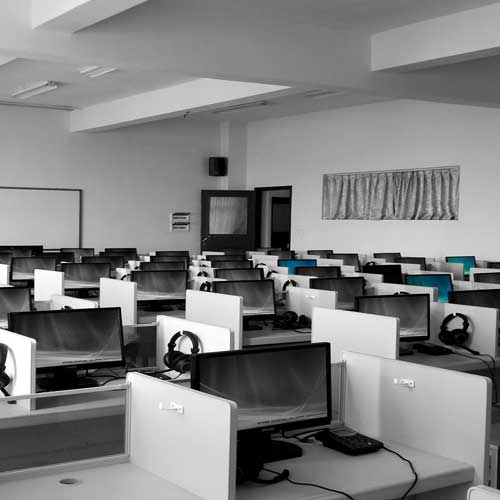
Why a Flexible Workplace is Essential in a Modern Organization
May 03, 2024

There are excellent reasons why the idea of a flexible workplace has taken up in recent years.
Ever since quarantine measures were imposed during the COVID-19 pandemic back in 2020, many businesses have started to realize that they can adjust to new circumstances and retain their best employees by adapting to the demands of today's competitive market.
In this article, we'll look at the many ways in which a flexible workplace may help contemporary businesses and their people thrive.
Making Changes in a Changing World
Technology and the economy are the main drivers in the ever-changing corporate landscape. Companies that are nimble enough to meet and adjust to the changes that these factors bring to the workforce are the ones that will thrive. This is made possible through flexible labor arrangements, which provide businesses the adaptability to deal with unexpected events.
Advantages of a Flexible Workplace
1. Increased Morale. Flexibility in the workplace shows that employers value their workers' personal lives as much as their jobs. Providing alternatives like telecommuting, flexible scheduling, and shortened work weeks has been shown to improve morale and job satisfaction. When workers can choose their own hours, it sends a message of trust and appreciation.
2. Retention of Top Talents. Employee retention is enhanced when companies provide many options for how employees may do their tasks. When organizations are willing to be flexible with their workers' schedules, they increase their chances of retaining talented individuals who may otherwise look for employment elsewhere.
3. Better Productivity. Some employers worry that their workers are not really working when they are at home and not in the office. However, contrary to popular belief, a flexible work environment typically results in greater productivity. When employees have a say over when and where they put in their time tend to operate at their peak productivity. For example, some employees just work faster and are more focused during nighttime.
4. Cost Effective. Savings on rent, utilities, and furniture are all possible results of a more flexible workplace. When there are fewer people working in an office, expenses like utilities, office supplies, and maintenance are also reduced.
5. Global Recruitment. Did you find a qualified employee living miles away in a different country? That isn't a problem in a flexible workplace setup. With the advent of telecommuting, businesses have access to a far larger pool of qualified candidates from all over the world. There is more room for creativity and problem resolution when people's backgrounds and experiences vary.
6. Ensured Continuity. Companies that were already in a flexible setup had no problems adjusting during the pandemic. This is a great advantage because you can ensure that your business will continue operating, even in the event of a natural catastrophe, a pandemic, or political unrest. A company's capacity to adapt quickly and efficiently is crucial to ensuring business continuity and remote employment arrangements provide a safety net for companies.
7. Reduced Stress. Getting to and from work every day might be a drag. The stress of commuting may be alleviated by giving workers the option to work from home or by allowing them to choose their own hours.
Things to Consider When Adopting a Flexible Work Setup
While there is no doubt that a flexible work environment is advantageous, there are still certain obstacles that businesses must overcome:
1. Effective communication and cooperation among geographically dispersed teams is a constant challenge. Investment in methods and technologies to close this gap is essential for businesses.
2. Cybersecurity is an issue that must be considered while working remotely. Strong security measures are essential to ensure the safety of your company's information, especially if your workers are using their personal technological devices.
3. Managers may need to modify how they assess and reward employee performance when employees work from afar. Consistent check-ins and well-defined goals are necessary.
4. The organization's culture will need to change in order to accommodate the transition to a more accommodating work environment. The top brass have to be on board with the shift and lead by example.
Conclusion
A flexible work environment allows businesses to compete in a fast-changing market, retain talented employees, and boost output. Employers may encourage a more committed and content staff by letting workers choose their own schedules and how they get their job done.
Although there are certain downsides to a flexible workplace, the advantages exceed them, making it a necessary component of any progressive business. In the twenty-first century, adaptability is not only a fad; it is a must for survival.
If you are thinking of implementing a flexible work setup for your company, Onward Worldwide may help you transition by providing you with the right tools, services, resources, payroll and time recording systems, activity monitor, among many others.








































